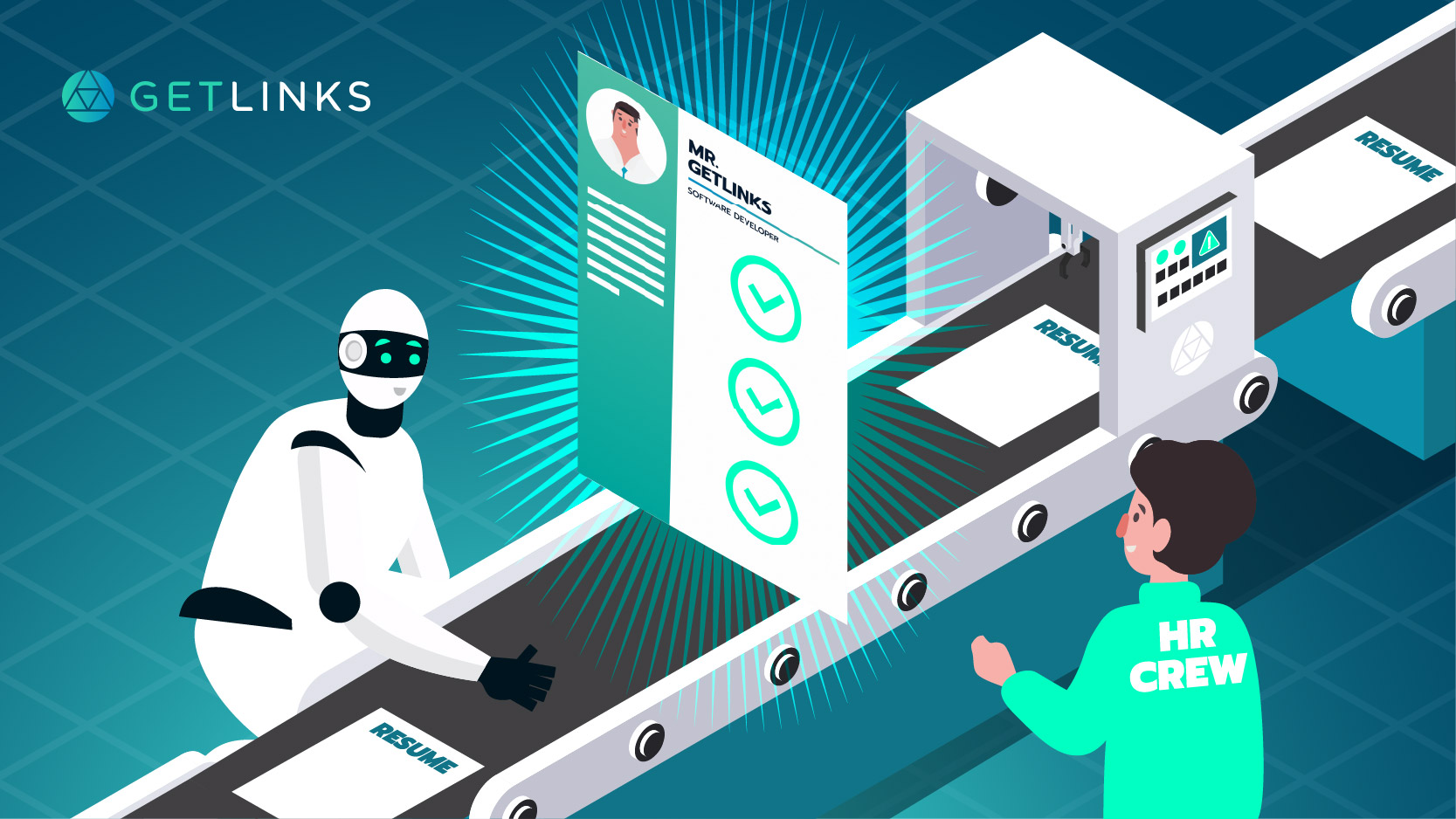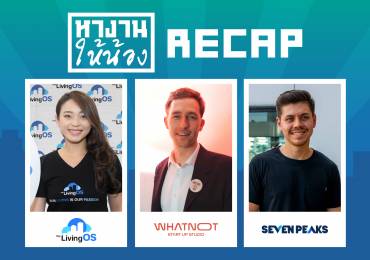Beat the Bots: How to Make a Resume that Wins ATS AI and HR

Applying for a job today often means you’re not just sending your resume to a person, but you’re sending it to a robot. That robot is an Applicant Tracking System (ATS), an AI-powered software that most companies use to sort, scan, and rank resumes. The ATS acts as a digital gatekeeper, filtering out unqualified candidates before a human recruiter ever sees a single application. To get your resume past this first hurdle, you need to understand how these systems work and how to optimize your resume for them.
How does ATS work?
An ATS isn’t a person, and it doesn’t “read” your resume like one. Instead, it scans your document for specific information and assigns a score based on how well it matches the job description. The system breaks down your resume into data fields like your name, contact info, work history, and skills. It then looks for three key things:
Keywords
The ATS’s primary function is to match keywords from the job description to your resume. It’s looking for specific skills, tools, certifications, and industry jargon.
Formatting
The system needs a clean, predictable format to parse the information correctly. If your resume is full of complex graphics, text boxes, or unusual fonts, the ATS may not be able to read it at all.
Content and Structure
The AI is looking for a clear, chronological work history and standard headings like “Experience,” “Skills,” and “Education” to understand your professional journey.
Practical Tips to Beat the Bots
Here’s how you can make sure your resume is not just human-friendly, but also bot-friendly.
Embrace the Keywords
Think of the job description as your roadmap, carefully read through it, highlight the key skills, qualifications, and responsibilities, and then reflect those exact keywords in your resume. For example, if the posting mentions “customer relationship management (CRM) software,” don’t just say “managing customer interactions.” Use the precise term “CRM software,” and where possible, include both acronyms and full names, like writing “SEO (Search Engine Optimization).” These small details make a big difference in how well your resume matches the role.
“Simple is Best” Formatting Still Work
Keep in mind that when it comes to formatting, simple really is best. ATS systems can get confused by fancy tables, graphics, or multi-column designs. Stick with a clean, straightforward layout using familiar fonts such as Arial, Calibri, or Times New Roman. Save your resume as a PDF to ensure it looks the same across different devices and systems—most ATS platforms accept PDFs without issue.
Focus on Content Structure and Standard Language
Structure also matters more than you might think. Use clear, conventional section headings like “Summary,” “Work Experience,” “Skills,” and “Education.” Creative titles such as “My Journey” might feel unique, but they can throw off the system. Arrange your experience in reverse chronological order so it’s easy to follow, and rely on bullet points that start with action verbs to describe your responsibilities and achievements. This makes your career story easy to read and digest—for both bots and people.
Tailor for Each Application
Remember that no two applications are the same. The most effective resumes are those tailored to each specific job. That means taking the extra time to adjust your keywords, highlight the most relevant skills, and align your experience with the exact requirements of the role. Yes, it’s more effort than sending a one-size-fits-all document—but it’s also the step that most often sets successful candidates apart.
These tips above don’t mean that you’re not just “tricking” the system. You’re creating a resume that is easy for the AI to understand and score, ensuring your application gets to the next, more important step: a human recruiter’s desk.
If you want to level up your resume to get there, GetLinks has an AI Career Coach that can give you resume-writing advice. Click the image and give it a try.


